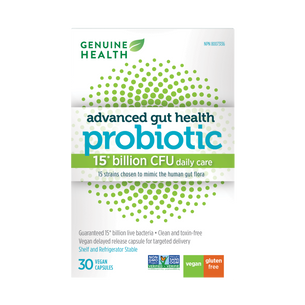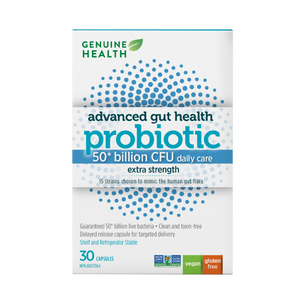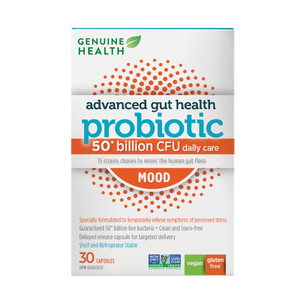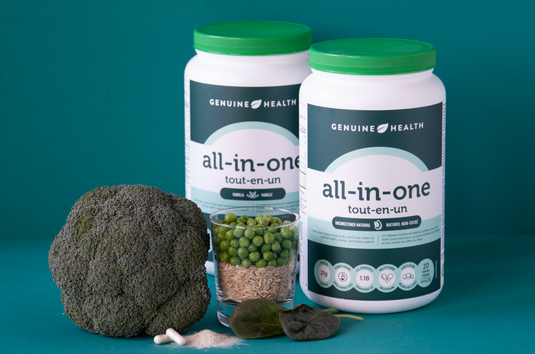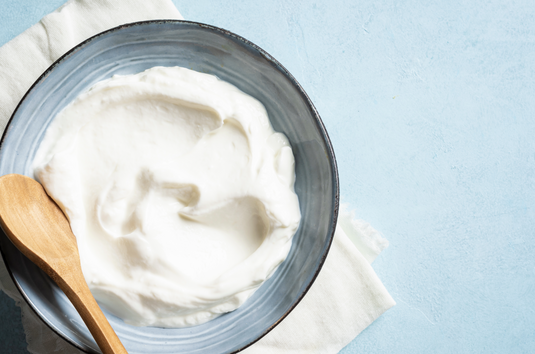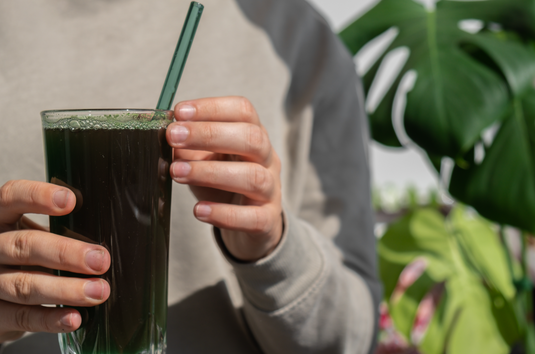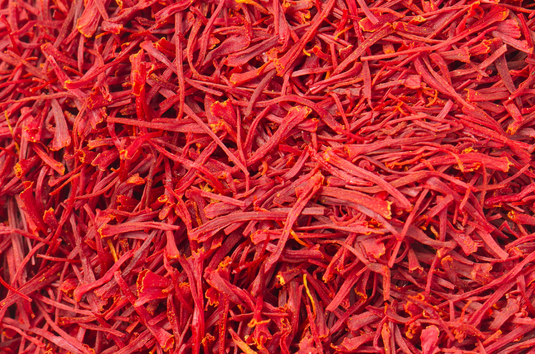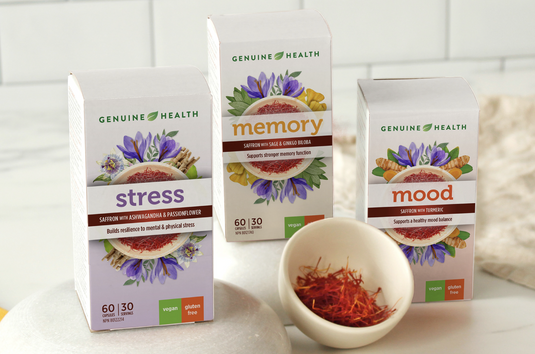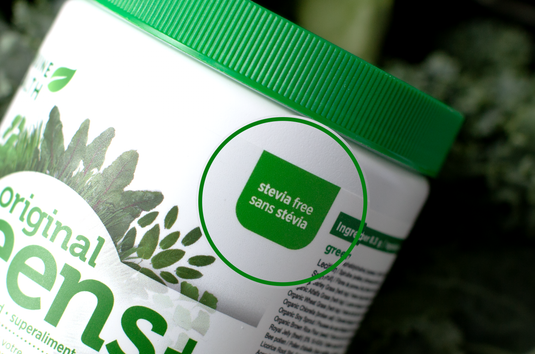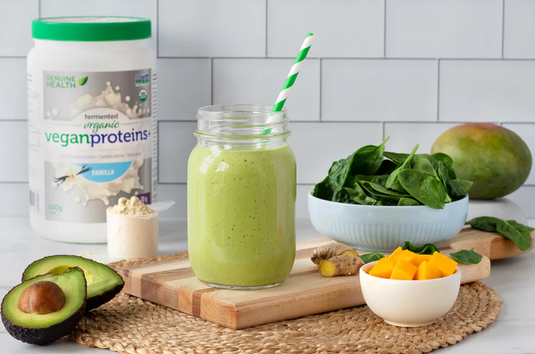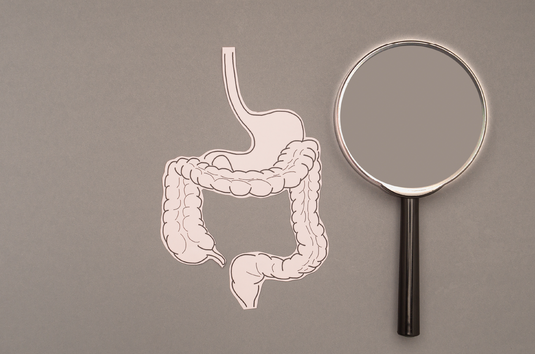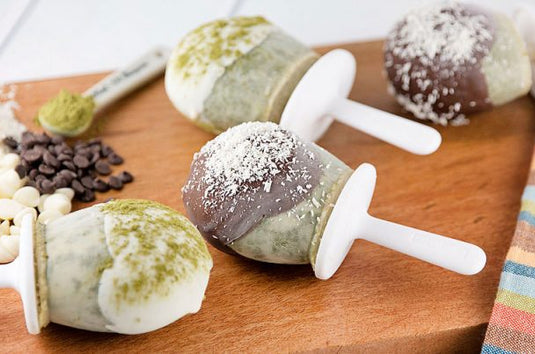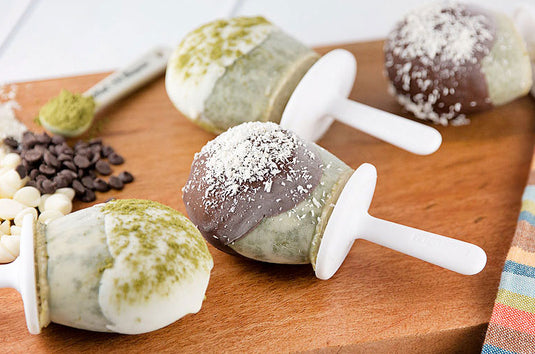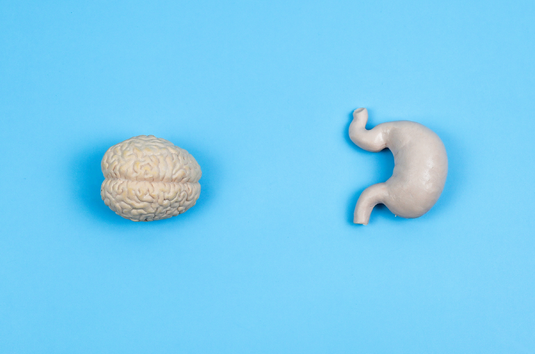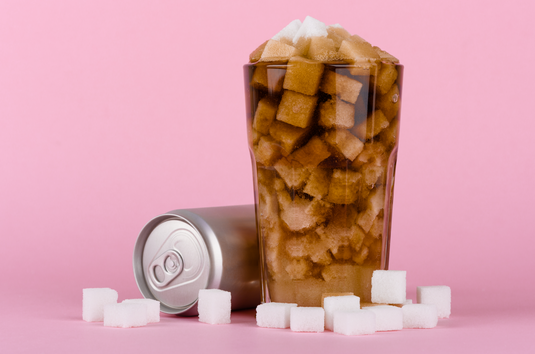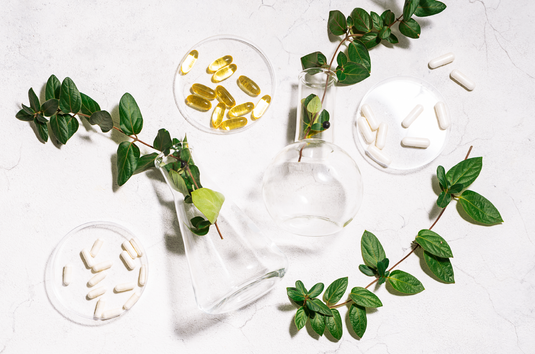Using Probiotics For Celiac Disease

It’s estimated that as many as 300,000 Canadians have celiac disease, and of that, nearly 90 % of them go undiagnosed. As someone with celiac disease myself, celiac awareness is something near and dear to my heart and digestion is now one of the areas I focus on with my clients.
Celiac disease is an autoimmune disease where you are severely intolerant to gluten, one of the proteins found in wheat, barley, rye and oats. If you have Celiac disease and eat gluten, it damages your villi - the small fingerlike growths responsible for absorption of nutrients - in your small intestine.
The obvious foods like bread, pasta, crackers and cereal are the main gluten culprits; however, there are some less known sources of gluten that if you are Celiac you should watch out for. These include:
I find you have to put your detective hat on if you’re eating gluten free and always make the effort to read the label on what you’re buying. In Canada, the label must indicate if something contains gluten.
When I initially cut out gluten from my diet, it wasn’t enough and my digestion didn’t hugely improve with just that. Often, if you have Celiac disease (or any gut disorder), it may have gone undiagnosed for quite some time, and the health of your digestive tract may be severely compromised.
If that’s the case, simply removing gluten won’t be enough and it will be useful to undergo a proper gut healing protocol. One of the key steps in this healing process involves reinoculating your gut with beneficial bacteria from probiotics. Ensuring you also remove any other food sensitivities, have the right enzymes and have enough stomach acid is also important, but for today I want to focus on the probiotics.
Look for a probiotic with a good strain count, meaning that it includes many different strains of probiotics including lactobacillus, bifido and lactococcus. In 75% of cases where studies evaluated multi-species formulas vs individual species, the multi-strain formula was more effective.
You also want one that is free of all common allergens as some probiotic cultures include lactose from cow’s dairy or soy, which could further exacerbate your symptoms. Looking for a probiotic that has guaranteed delivery to your intestinal tract and is resistant to stomach acid is also very important. A time release on the capsule will help with this so that the probiotic bacteria is not destroyed by your stomach acid.
The new Genuine Health advanced gut health probiotic fits all of these criteria and comes in both 15 billion and 50 billion dosages, which is why I often recommend this product to my clients. Plus, they don’t need to be refrigerated so are perfect to take with you traveling. I’m confident that you’ll #lovehowyoufeel when you add them into your daily routine too!
What is celiac disease?
Celiac disease is an autoimmune disease where you are severely intolerant to gluten, one of the proteins found in wheat, barley, rye and oats. If you have Celiac disease and eat gluten, it damages your villi - the small fingerlike growths responsible for absorption of nutrients - in your small intestine.
What common foods contain gluten?
The obvious foods like bread, pasta, crackers and cereal are the main gluten culprits; however, there are some less known sources of gluten that if you are Celiac you should watch out for. These include:
- imitation crab
- soy sauce
- worcestershire sauce
- some vegetable/chicken/beef broths
- some salad dressings
- some marinades or BBQ sauces
I find you have to put your detective hat on if you’re eating gluten free and always make the effort to read the label on what you’re buying. In Canada, the label must indicate if something contains gluten.
How do you heal your gut after being diagnosed with celiac disease?
When I initially cut out gluten from my diet, it wasn’t enough and my digestion didn’t hugely improve with just that. Often, if you have Celiac disease (or any gut disorder), it may have gone undiagnosed for quite some time, and the health of your digestive tract may be severely compromised.
If that’s the case, simply removing gluten won’t be enough and it will be useful to undergo a proper gut healing protocol. One of the key steps in this healing process involves reinoculating your gut with beneficial bacteria from probiotics. Ensuring you also remove any other food sensitivities, have the right enzymes and have enough stomach acid is also important, but for today I want to focus on the probiotics.
What should you look for in a good probiotic?
Look for a probiotic with a good strain count, meaning that it includes many different strains of probiotics including lactobacillus, bifido and lactococcus. In 75% of cases where studies evaluated multi-species formulas vs individual species, the multi-strain formula was more effective.
You also want one that is free of all common allergens as some probiotic cultures include lactose from cow’s dairy or soy, which could further exacerbate your symptoms. Looking for a probiotic that has guaranteed delivery to your intestinal tract and is resistant to stomach acid is also very important. A time release on the capsule will help with this so that the probiotic bacteria is not destroyed by your stomach acid.
The new Genuine Health advanced gut health probiotic fits all of these criteria and comes in both 15 billion and 50 billion dosages, which is why I often recommend this product to my clients. Plus, they don’t need to be refrigerated so are perfect to take with you traveling. I’m confident that you’ll #lovehowyoufeel when you add them into your daily routine too!
